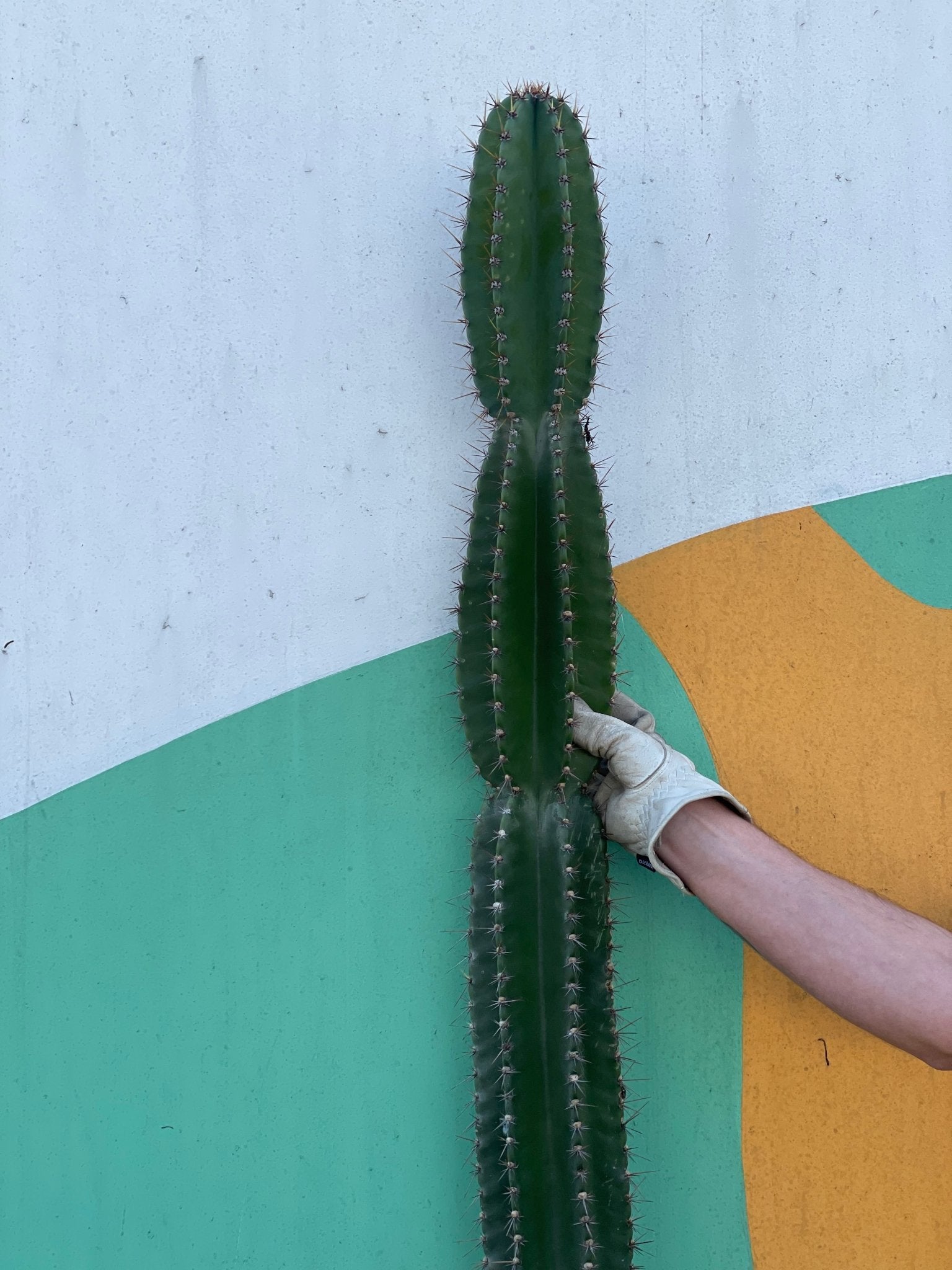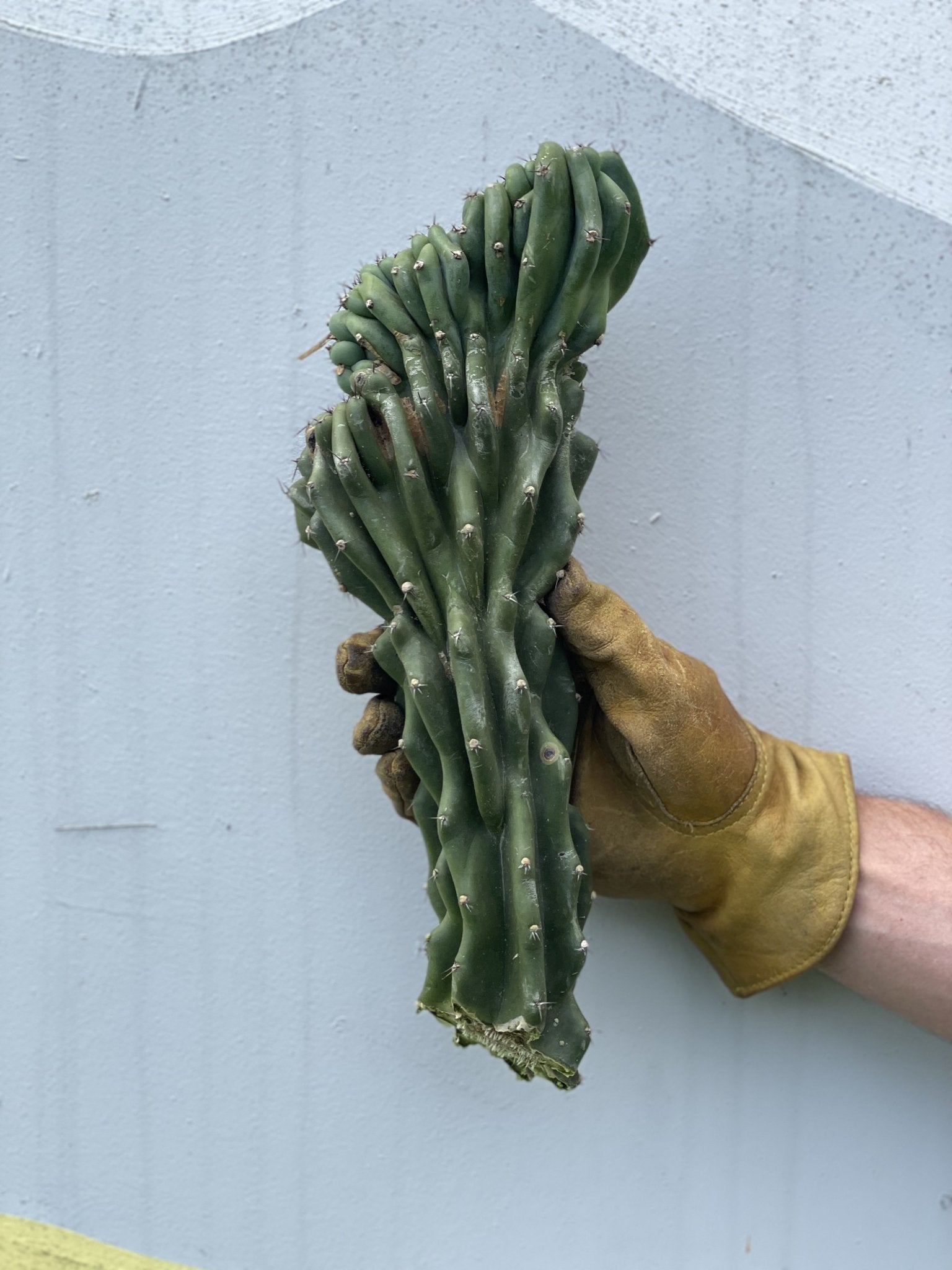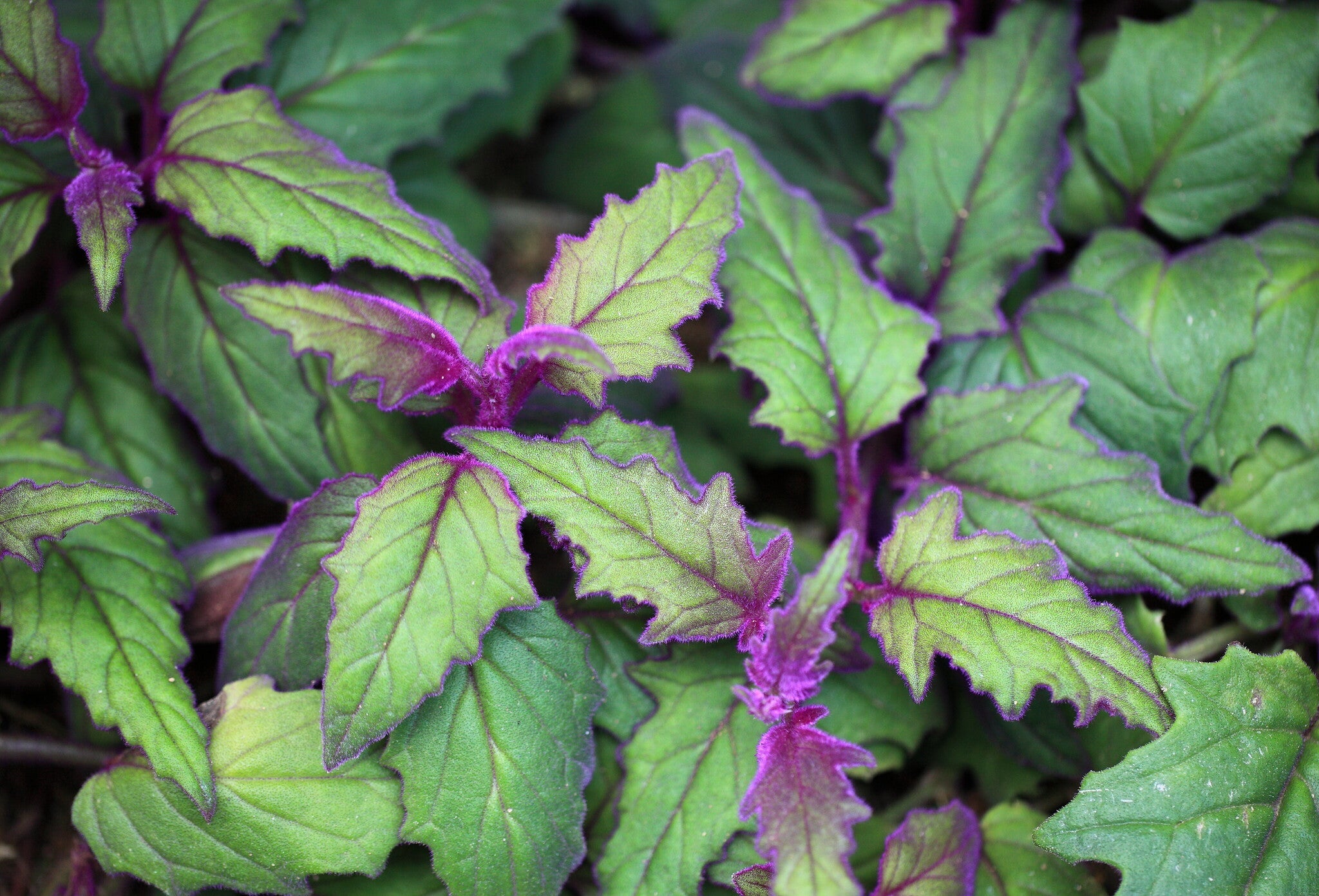If you're a fan of indoor plants, chances are you've come across the Purple Passion Plant (Gynura aurantiaca) before. With its vibrant purple leaves and fuzzy texture, this plant is a popular choice for plant enthusiasts looking to add a splash of color to their homes. But how do you take care of a Purple Passion Plant? In this guide, we'll cover everything you need to know about caring for this beautiful plant.
Lighting
Like many indoor plants, the Purple Passion Plant needs bright, indirect light to thrive. This means placing it near a window where it can get some sunlight, but not too much direct sunlight. If your plant is getting too much direct sunlight, the leaves can burn and turn brown. On the other hand, if it's not getting enough light, the leaves can start to lose their purple color. If you don't have a good spot for your Purple Passion Plant, you can also use artificial grow lights to provide the right amount of light.
Watering
When it comes to watering your Purple Passion Plant, it's important to strike the right balance. You don't want to over-water it and risk root rot, but you also don't want to let the soil dry out completely. A good rule of thumb is to water your plant when the top inch of soil feels dry to the touch. This will typically be every 7-10 days but can vary depending on factors like the humidity in your home and the size of your pot. When you water your plant, make sure to thoroughly saturate the soil until water drains out of the bottom of the pot.
Soil and Fertilizer
Purple Passion Plants do best when they have well-draining soil that's rich in organic matter. You can use a pre-made potting mix that's formulated for indoor plants or make your own by mixing together equal parts peat moss, perlite, and vermiculite. When it comes to fertilizer, you can use a balanced, water-soluble fertilizer once a month during the growing season (spring and summer). Be sure to follow the instructions on the package and don't over-fertilize, as this can damage the plant.
Temperature and Humidity
The Purple Passion Plant prefers temperatures between 60-75°F (15-24°C), which is fairly standard for most indoor plants. However, it's also important to keep the humidity level high, as this plant is native to tropical regions and prefers moist air. You can increase the humidity around your plant by misting it regularly with a spray bottle, placing a tray of water nearby, or using a humidifier. Just be careful not to get the leaves too wet, as this can lead to fungal growth.
Propagation
To propagate your Purple Passion Plant, take a stem cutting, remove the lower leaves, dip the cut end in rooting hormone, and plant it in well-draining soil. Cover the pot with a plastic bag or dome to create a humid environment, and keep the soil moist in a warm, bright spot. After a few weeks, the cutting should develop roots, and you can start treating it like a regular Purple Passion Plant. Propagation is an easy way to multiply your plant and share it with others.
Conclusion
Caring for a Purple Passion Plant is relatively easy, as long as you provide it with the right conditions. With bright, indirect light, well-draining soil, and regular watering and fertilizing, your plant should thrive and produce those beautiful purple leaves for years to come. Whether you're a seasoned gardener or you’re just starting out, the Purple Passion Plant is a great choice for adding some color and texture to your home.












Leave a comment